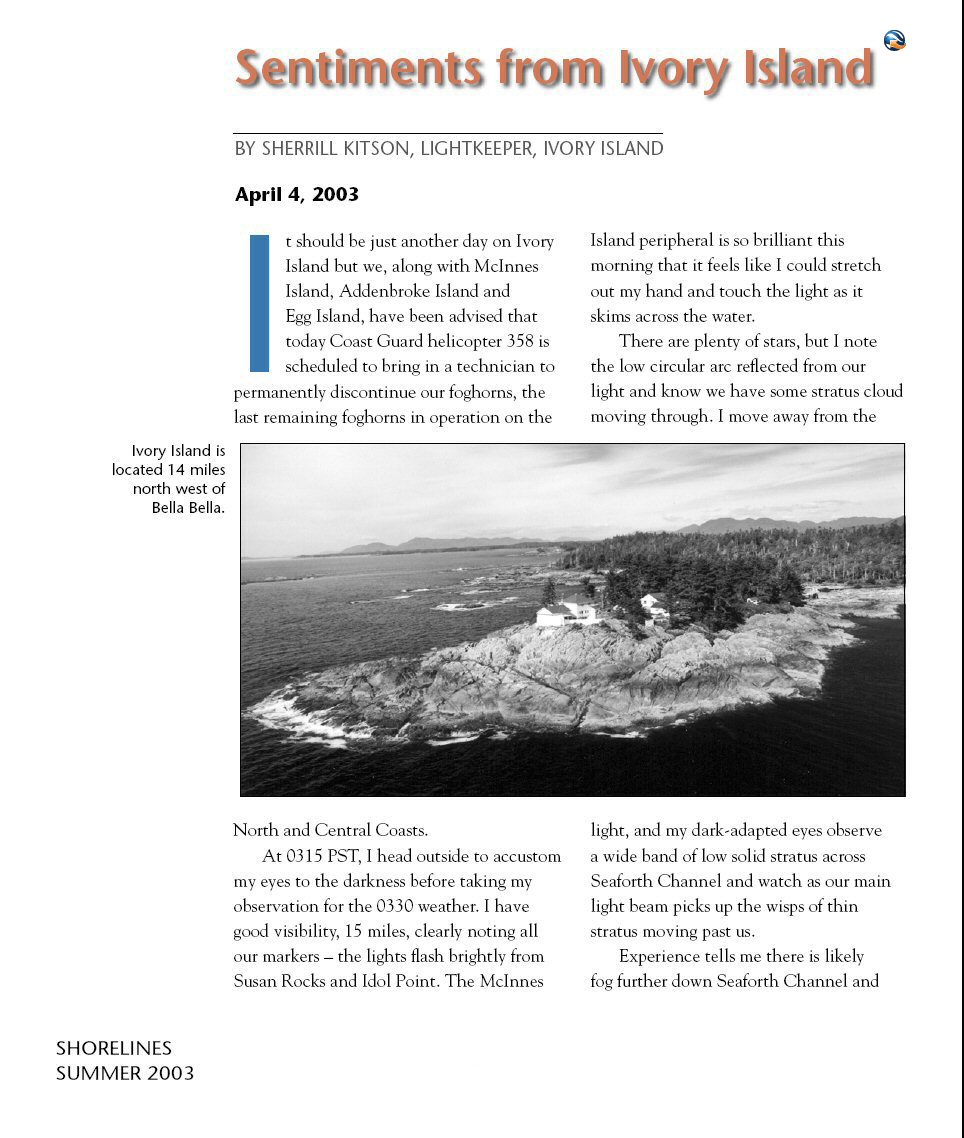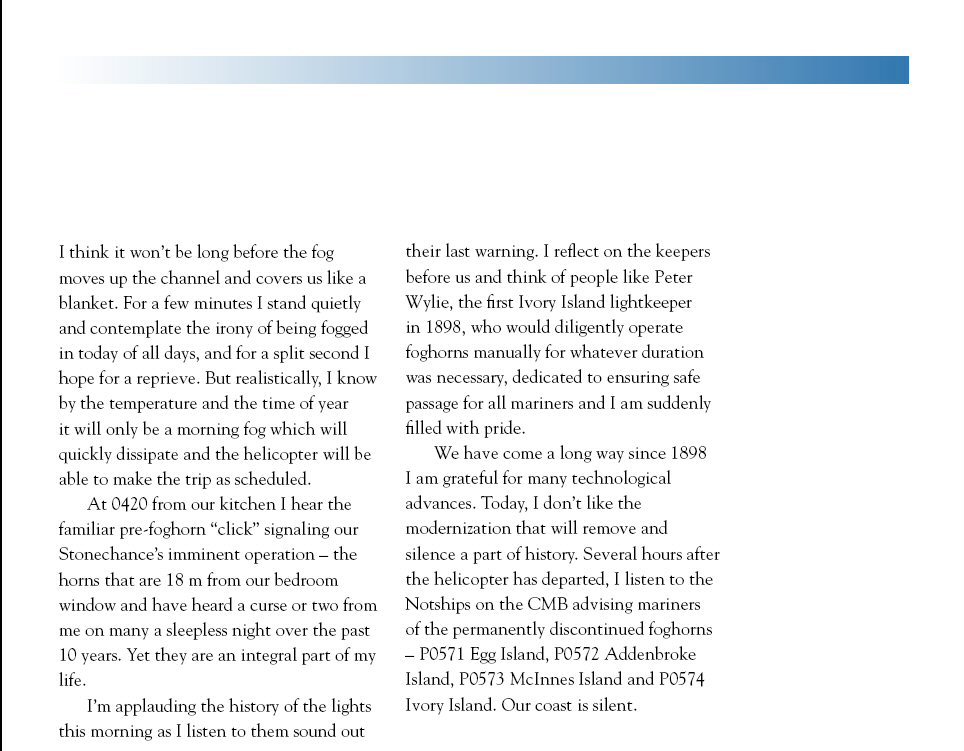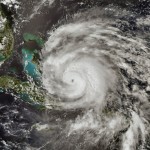
One of the responsibilities of Canadian lighthouse keepers is to assist and help in Search and Rescue (SAR). They are part of the Canadian Coast Guard (CCG) and can be called upon to assist in a search at any time, be it for missing people in boats, aircraft, or other forms of transportation.
In fact lighthouse keepers, because of their location, are ideally situated to assist in SAR activities. It is too bad that the CCG does not promote this side of lighthouse activities, and provide better training and equipment. Most of the SAR activities done by lightkeepers are done with their own equipment – be it boats, radios, scanners, survival suits, etc. More on this in another post.
SAR is a large community in Canada, but a branch of SAR that is not too well known by the public, except for those involved, is CASARA (Civil Air Search and Rescue Association).1 Continue reading Search and Rescue (SAR), Canada





